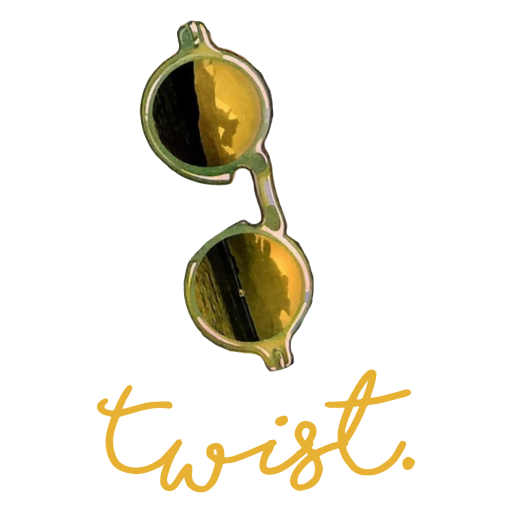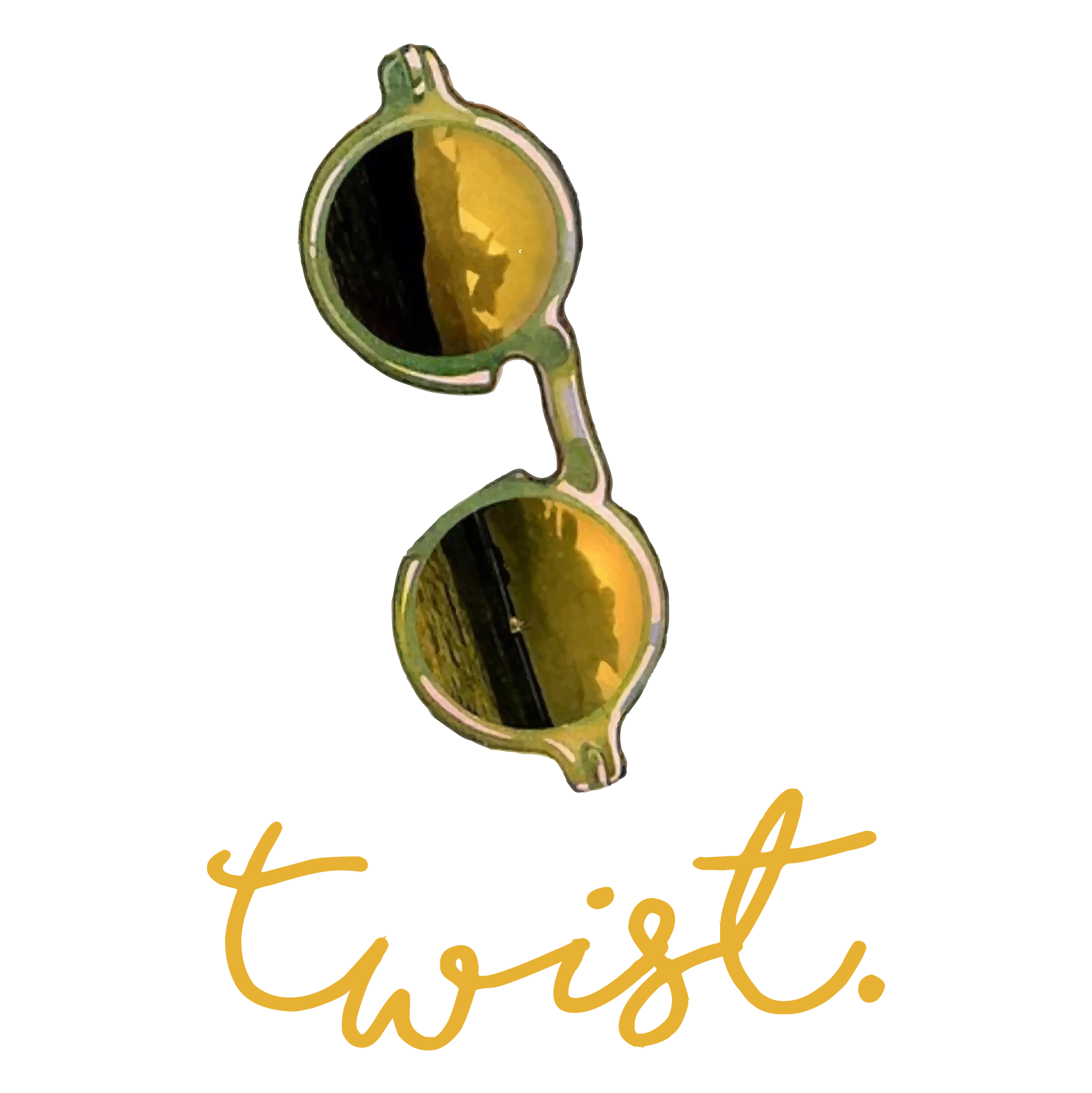It’s easy to borrow against the cash value of a permanent life insurance policy. There aren’t any loan requirements or qualifications (other than the amount of cash value) and the funds can be used for any purpose and paid back whenever you decide, plus a life insurance policy loan has relatively low-interest rates. The downside? If you default on paying the interest on the loan, you could lose your policy (and its cash value), and end up with a big tax bill. Assuming you can keep up your payments, borrowing against your life insurance policy is an easy way to access cash.
- Can you borrow against your life insurance policy?
- How much can you borrow?
- How do you take out a life insurance policy loan?
- Pros vs. cons of taking out a life insurance loan
Can you borrow against your life insurance policy?
The cash value in a life insurance policy is equivalent to the amount of money you would receive if you surrendered the policy. Each time you pay premiums for a cash value life insurance policy, such as whole or universal life insurance , part of the premium is put towards the cash value.
The cash value grows over time at an interest rate set by the policy’s terms. If you have a permanent life insurance policy that accumulates cash value, you can borrow money from the insurer using the cash value as collateral. However, this option is typically only available once your life insurance policy’s cash value has reached a specific size, which may take five to 10 years of paying premiums.
Term life insurance policies are cheaper than permanent policies because they don’t have a cash value component. You can’t borrow against them, and if you decide to surrender a term life insurance policy, you won’t receive money in return.
How Much Can You Borrow from a Life Insurance Policy?
How much you can borrow from a life insurance policy varies by insurer, but the maximum policy loan amount is typically at least 90% of the cash value, with no minimum amount.
When you take out a policy loan, you’re not removing money from the cash value of your account. Instead, you’re taking a loan from the insurer and just using the cash value as collateral. This is a significant benefit, as the cash value remains within the life insurance policy and continues to accumulate interest.
You don’t need to pay back the loan in a set period, as is required of many other forms of loan. However, if you don’t pay the insurer the annual interest, which can be fixed or variable, the interest payment will be added to the value of your outstanding loan.
Length of the loan
If your loan stretches over many years, you’ll get hit with compounding interest. And if the total outstanding loan reaches the size of your policy’s cash value, the policy will lapse. If this happens, you will lose your coverage plus get hit with a high tax bill if the outstanding loan is greater than the amount you’ve paid in premiums.
There is risk in borrowing nearly the full amount of the policy’s cash value, so if you take out a policy loan always carefully monitor its size compared to your cash value. In addition, we would recommend making interest payments whenever possible.
How do you take out a life insurance policy loan?
The process of taking out a life insurance loan is straightforward. You just fill out a form from the insurer, and you often get the money deposited in your account within a few days. You may need to confirm your identity, sign a confirmation document or provide a notarized confirmation before receiving your loan if:
- You provided new account information to the insurer in the last month
- The policy changed ownership recently
- The loan exceeds a specific size, such as $50,000
Pros and cons of taking out a life insurance loan
Life insurance collateral loans are a simple way to get money on short notice with few restrictions. You need to be very careful about managing the account’s cash value and paying off interest as required.
However, besides the risk of the policy lapsing, there are few downsides to borrowing against your whole or universal life insurance .
There are no qualifiers for a policy loan
Unlike other loans, you don’t need to qualify to borrow against your life insurance policy. There’s no credit check, so the loan doesn’t appear on your credit report. And you don’t have to provide proof of income. At most, you’ll just have to prove your identity and that you’re requesting the loan.
Since there are no checks or qualifications, life insurance collateral loans can be a great solution if you need money quickly, such as for an emergency medical expense. Alternatively, they can be used as a stop-gap if you’re applying for a loan elsewhere, taking a long time to be approved.
Policy loans have low-interest rates
Life insurance collateral loans typically have lower interest rates than you would get with a personal loan or credit card. While rates vary, they typically fall within the range of 6% to 8%, again depending on who holds your insurance and your policy. To illustrate, we collected loan interest rates for variable universal life insurance policies from three of the largest insurers:
Your cash value continues to earn interest during the loan. This may either be at a fixed rate (such as 1.5%) or within a particular spread of the loan interest rate. For example www.paydayloanstennessee.com/cities/gallatin/, if your cash value were guaranteed to grow at a rate within 2% of your loan interest rate, which was 6%, it would be guaranteed to be at least 4 percent.
Pay it back anytime
When you borrow from your life insurance policy, you don’t have to pay back the loan. In addition, you don’t have to pay the annual interest, so long as the total outstanding loan (original loan plus accumulated interest) doesn’t exceed the policy’s cash value. Therefore, borrowing from your life insurance policy is an excellent alternative if you aren’t sure how long you’ll need the loan.
Now, it’s typically to your benefit to pay back a policy loan as soon as possible. The interest on the loan compounds annually and the policy will lapse if the outstanding loan gets too large. If this happens, you will have paid thousands of dollars in premiums with nothing to show for it (no coverage). In addition, you could also owe taxes if the outstanding loan is greater than what you’ve paid in premiums.
Another reason to pay back the policy loan is that the total outstanding balance would be deducted from the death benefit your beneficiaires would receive when you pass away.
Editorial Note: The content of this article is based on the author’s opinions and recommendations alone. It has not been previewed, commissioned or otherwise endorsed by any of our network partners.


